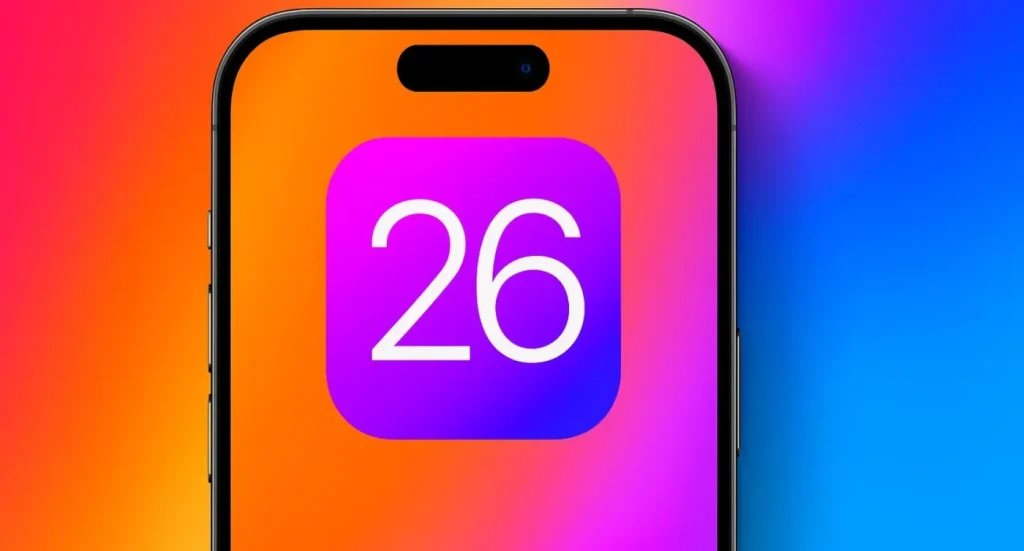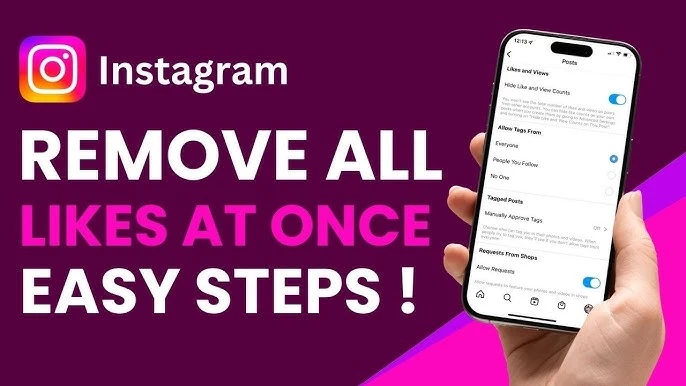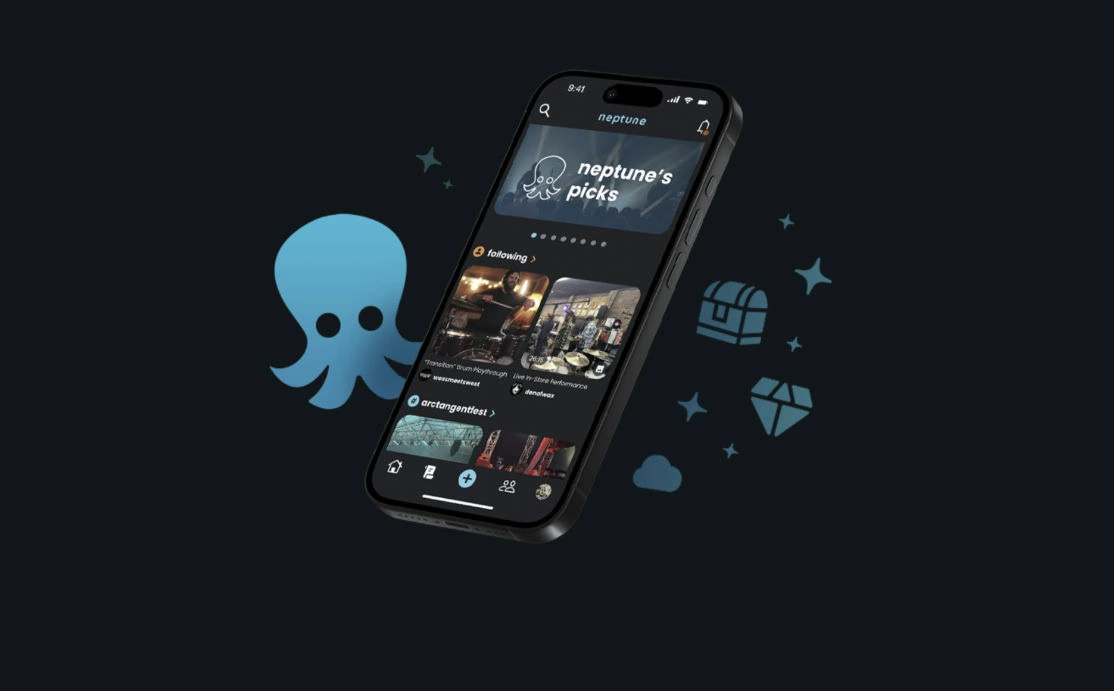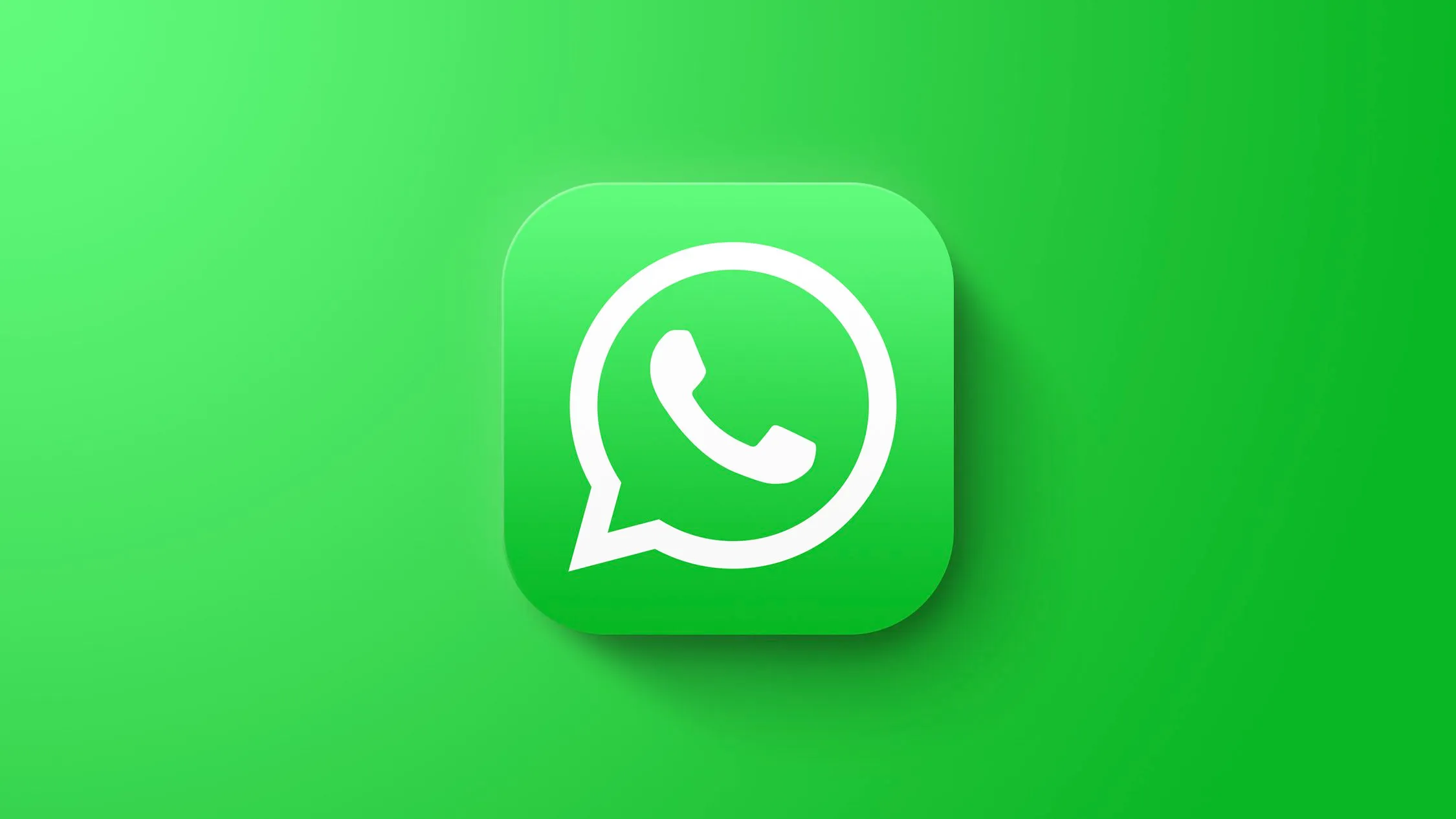On Monday, Apple introduced its latest major software update, iOS 26, showcasing a groundbreaking new Liquid Glass design. The announcement came during the company’s highly anticipated Worldwide Developers Conference (WWDC 2025), signaling significant changes to the visual experience on iPhone.
A New Era of iOS Design: Liquid Glass
Central to the announcement of iOS 26 is Apple’s newly developed Liquid Glass design language. Described as a translucent interface that interacts dynamically with its environment, Liquid Glass reflects and refracts surroundings to enhance user interaction and content visibility.
Apple stated this update marks the most significant overhaul since iOS 7 in 2013, shifting away from flat, static icons to a more vibrant and interactive design. This new aesthetic affects virtually every aspect of the interface, including:
- System elements
- App icons
- Widgets
- Navigation
Enhanced Home and Lock Screens
One prominent change in iOS 26 is the significant enhancement of the Home and Lock Screens. Users will now benefit from spatial wallpapers that animate as they tilt and move their iPhone, creating a more engaging visual experience. Additionally, the Lock Screen will feature a dynamic clock, which adapts seamlessly to background images, offering a more personalized look.
Revamped Camera and Photos Apps


The Camera app receives a refined layout designed to minimize distractions, helping users capture better photos and videos effortlessly. Similarly, the Photos app has been streamlined with two simplified views:
- Library – for easier access to all photos and videos.
- Collections – offering organized groupings of memories and events.
Adaptive Navigation in Popular Apps
With iOS 26, apps such as Safari, Music, News, and Podcasts introduce a new floating tab bar design. This adaptive navigation bar automatically adjusts its position and transparency as users scroll, placing content in sharper focus and simplifying navigation.
Moreover, Apple has announced it is providing developers access to Liquid Glass APIs, allowing third-party apps to integrate this visually appealing and functional design language seamlessly.
Smarter and More Expressive Features
Beyond visual enhancements, iOS 26 introduces several new functionalities powered by Apple Intelligence, Apple’s proprietary AI system emphasizing user privacy.
Live Translation
One of the key features introduced in iOS 26 is Live Translation. This advanced capability provides real-time translations for both voice and text conversations across essential communication apps including:
- Phone calls
- Messages
- FaceTime
The translations utilize powerful AI models directly on the device, ensuring enhanced privacy and minimal latency.
Visual Intelligence Integration
Another significant enhancement is the integration of Visual Intelligence, enabling users to interact more dynamically with on-screen content. This feature proactively suggests contextually relevant actions, and can even connect with external platforms like ChatGPT and Google for extended exploration and deeper insights.
Additional Smart Tools
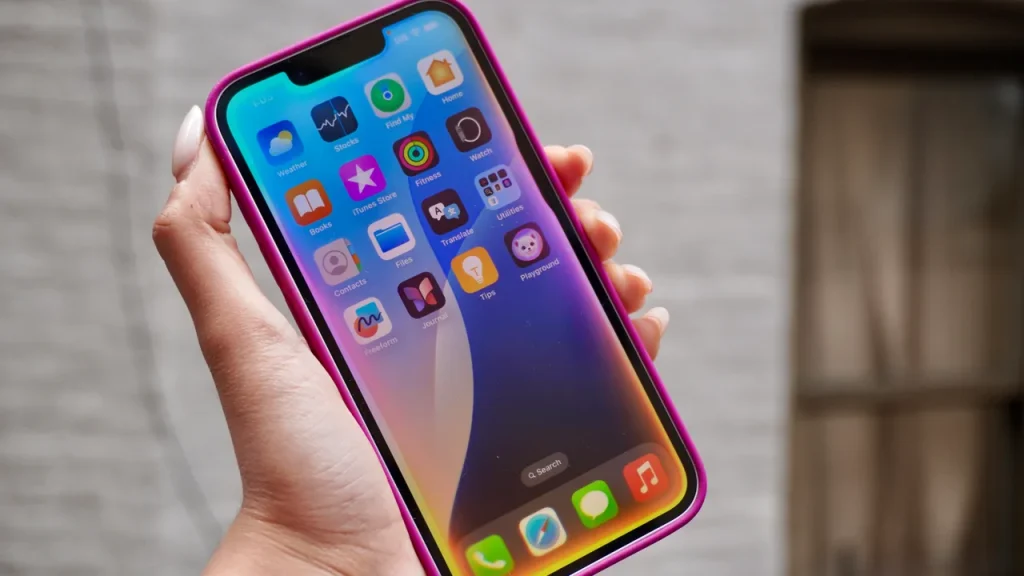

Apple further enriches iOS 26 with additional innovative tools:
- Genmoji: Allowing users to create unique, customized emoji expressions.
- Custom chat backgrounds: Enhancing personalization within messaging platforms.
- Enhanced Shortcuts: Streamlined workflows and automations powered by Apple Intelligence, further boosting user productivity and convenience.
Availability and Device Compatibility
The developer beta of iOS 26 is immediately accessible through the Apple Developer Program. A public beta is scheduled to roll out next month via the Apple Beta Software Program.
Apple plans a full, free release for users of iPhone 11 and newer models in the fall. However, certain features driven by Apple Intelligence will initially be limited to specific newer devices, notably:
- iPhone 16 models
- iPhone 15 Pro
- M1-powered iPads and Macs
Support for additional languages for these intelligent features is set to expand gradually throughout the year.

